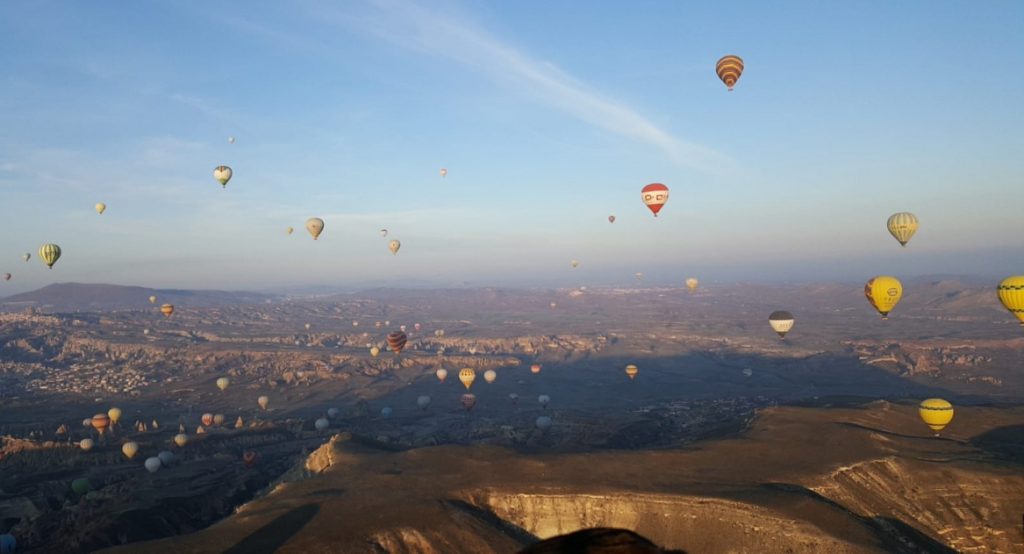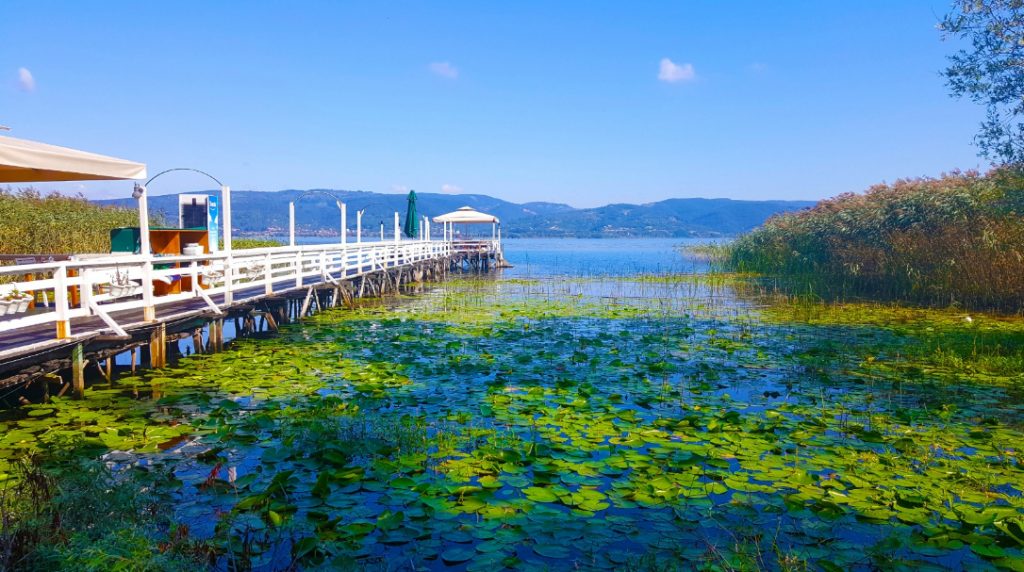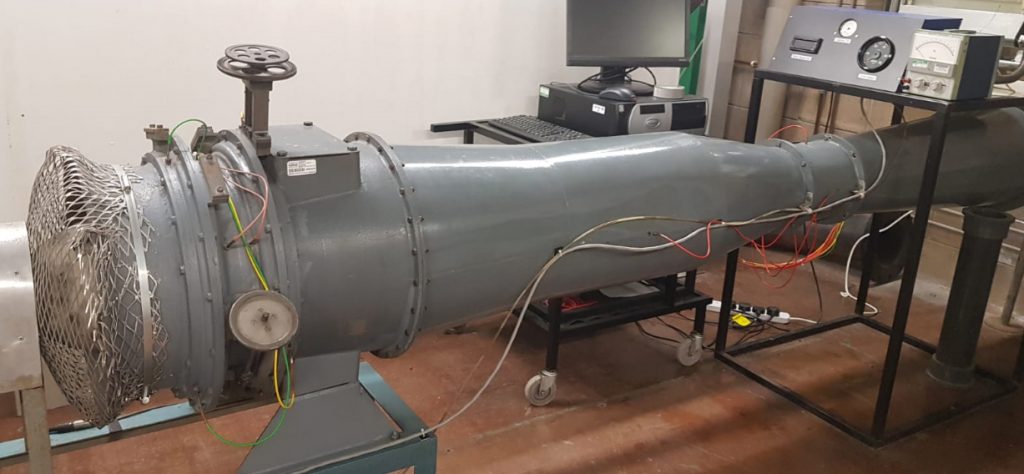MSc Aerospace Engineering student, Michael MacGlashan, tells us all about his aero journey at the University of Salford…

Hi Michael, so what inspired you to study MSc Aerospace Engineering?
I’ve always had the ambition to learn about how things are built and how they are fixed. I also had a big interest in planes and this developed into my interest in aerospace engineering.
You also studied BEng Aeronautical Engineering at Salford, why did you choose us?
University of Salford is more approachable than other Universities, and I’d sooner attend a class size of 20 where I am able to have more time with lecturers than a University which has a class sizes of 80.
Did you complete the Flight Test?
Yes, as it’s required for every aeronautical engineering student in the UK to complete the course. It puts everything you’ve learnt to the test. You go up, over the Irish Sea, in a Jetstream 31, private, propeller aircraft – that can fit around 20 people – and take measurements as the aircraft is put through highly intensive manoeuvres and oscillations.
You also completed an industry placement year as an undergraduate. Tell us about your experience!
I went to work in a finance department in Istanbul, and the lecturers sorted me out with the placement and place to live. A lot of finance places recruit engineers because we’re good with numbers, especially in aero. I had such a good time, and eight holidays that year! I went skiing in Berca, Romania, did the hot air balloon tour in Cappadocia, Turkey and visited lots of cities.


How do you develop a practical knowledge of aerospace engineering?
Primarily, through the use of the facilities – such as the Aerodynamic Lab wind tunnel and access to the Dynamics Lab. For my final year project as an undergraduate, I applied everything I had learnt during my degree to work on the flight dynamics of an aircraft, testing one I designed and built with friends. I soon realised that the theoretical, which is perfect on paper isn’t always so in real life. I had to redesign it from the ground up because if anything is wrong, from the centre gravity to the aerodynamics to the handling, you must go back to the beginning. It took about six months of trial and error, but now I know what I’m doing.

How are you finding postgraduate study?
Great! It’s like coming back for another year, but it can be quite intense. I’m enjoying the more applicational modules, so rather than just learning about the aerodynamic concepts, we’re learning about how computers are using them to create real-world solutions.
Do you have any ideas for your Master’s Project?
As an undergraduate, I realised that I have a knack for aerodynamics. So, I’m currently arranging to work with a company that will allow me to look into a set design of aircraft that have been proposed. The fleet has been tested aerodynamically, in the wind tunnel and simulations, but not for the handling characteristics of the aircraft. For my project, I’m going to break them down into a series of panels and dimensions, build them in the simulator, work out how they fly, and suggest any modifications to be made.
What advice would you give to prospective students?
Come, but don’t be part of the furniture. Do something to stand out, work in your lectures and then do more. That’s how you can get the most out of it!
Thank you, Michael, for sharing your story with us. We wish you the best of luck with your Master’s!
Become unstoppable with an BEng Aeronautical Engineering degree before progressing onto the MSc Aerospace Engineering Masters at Salford.